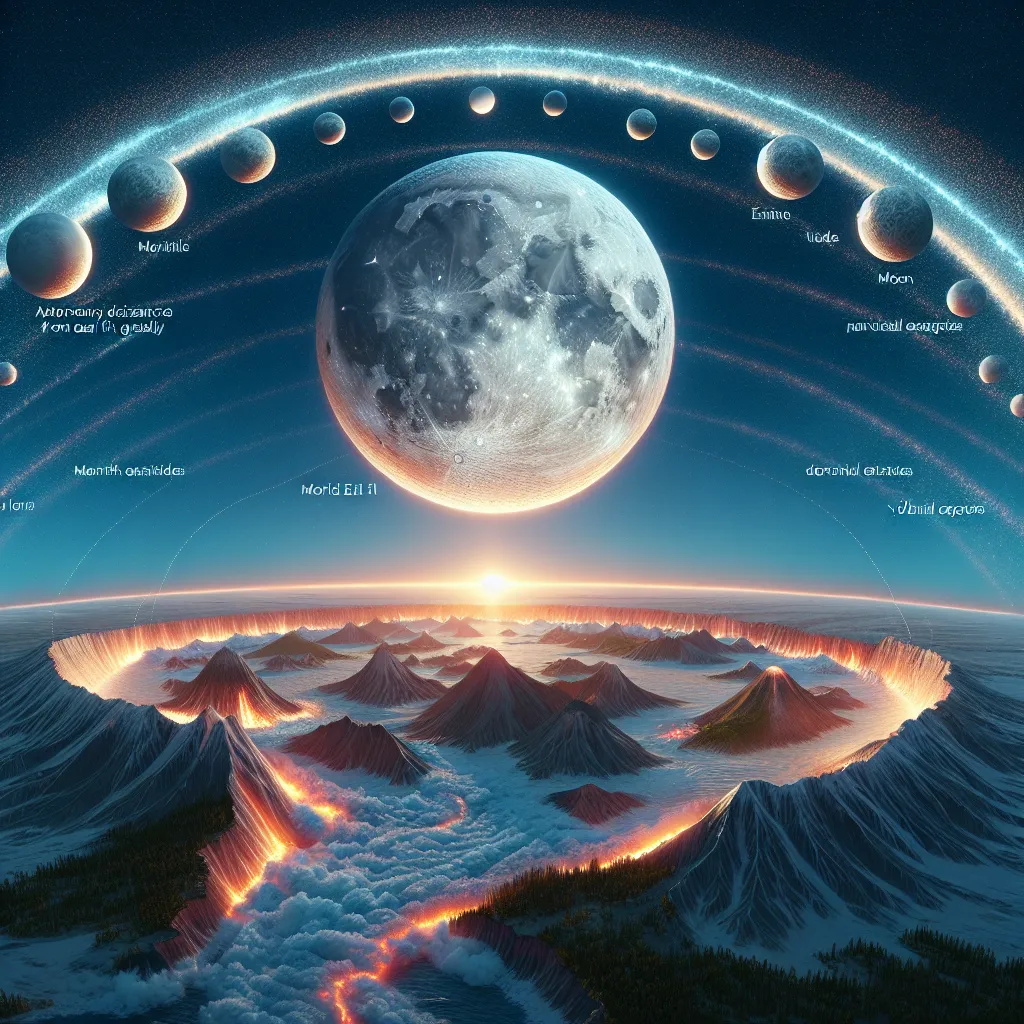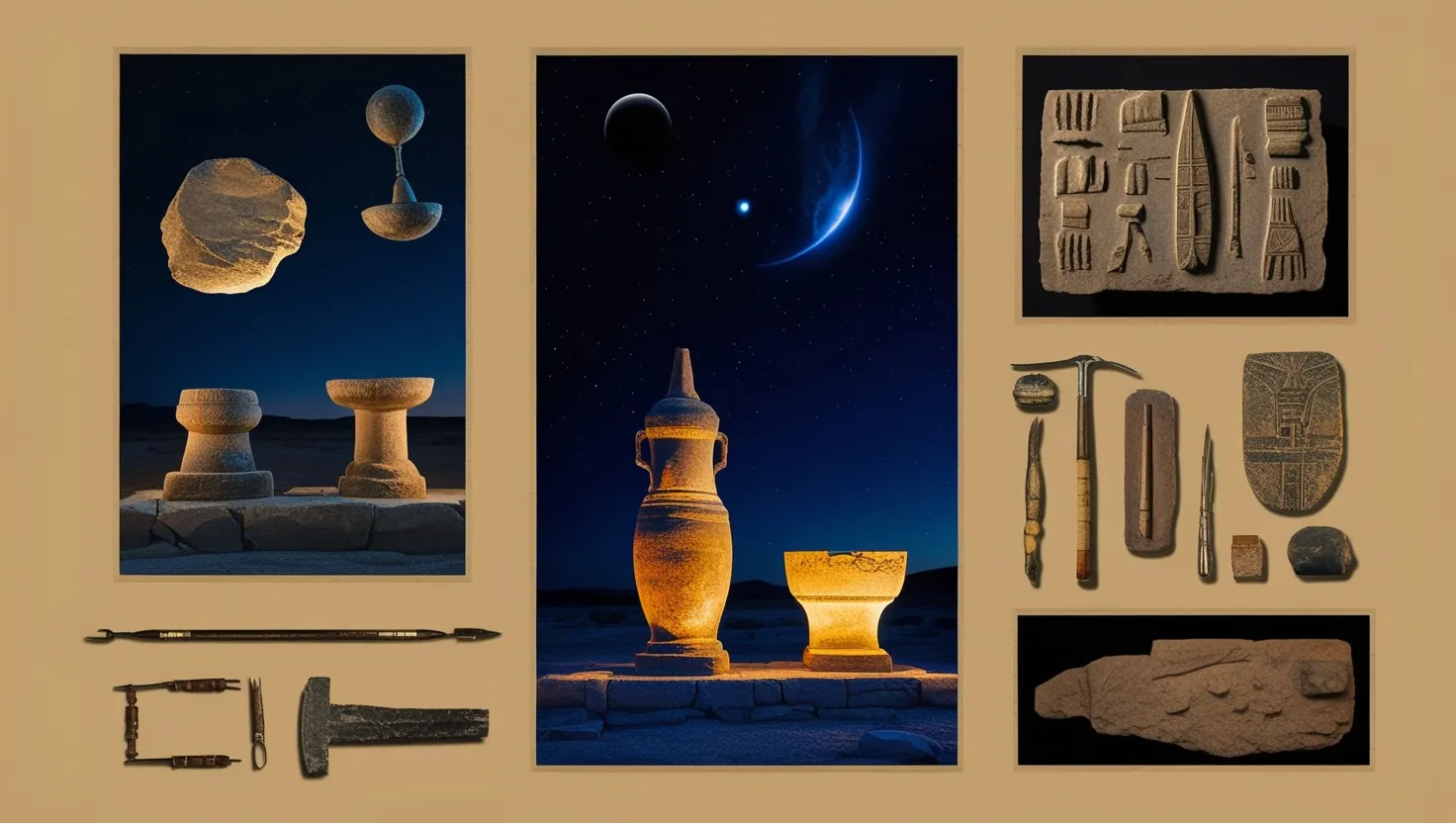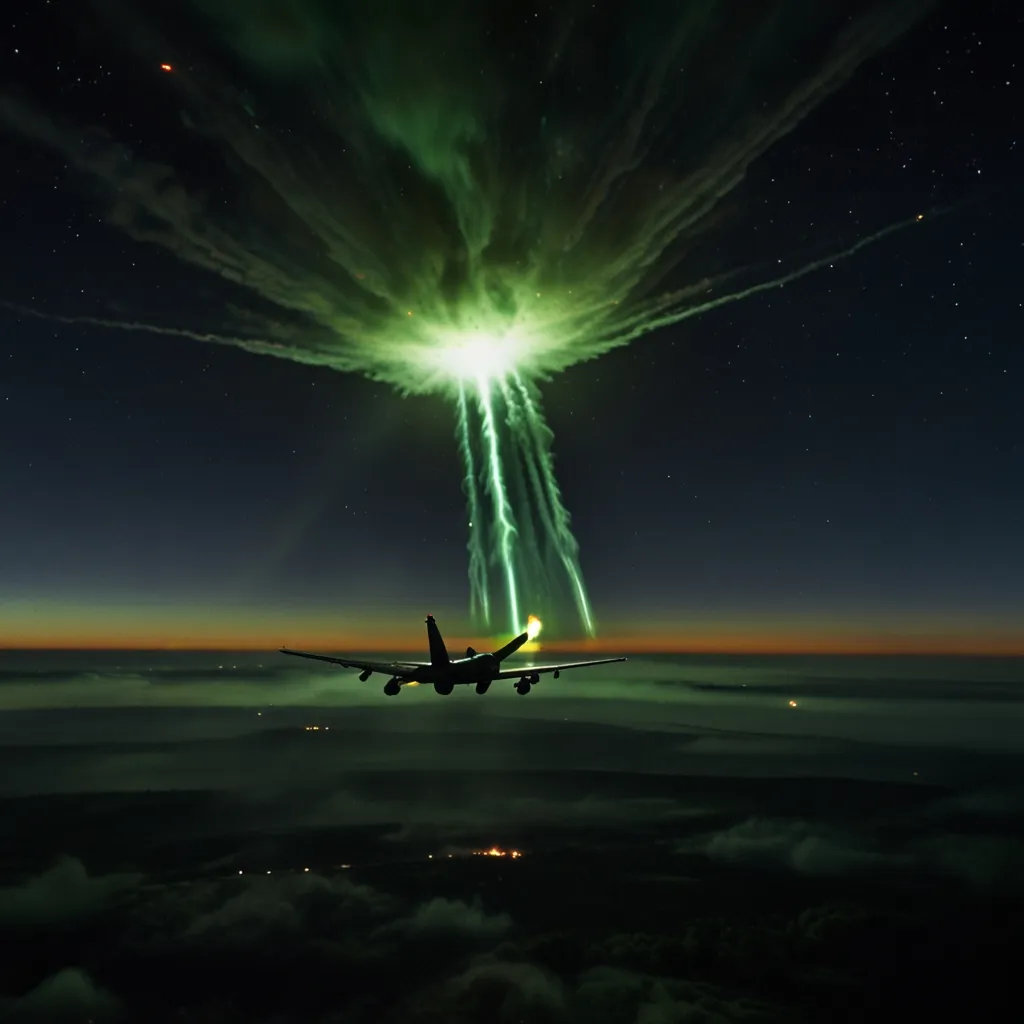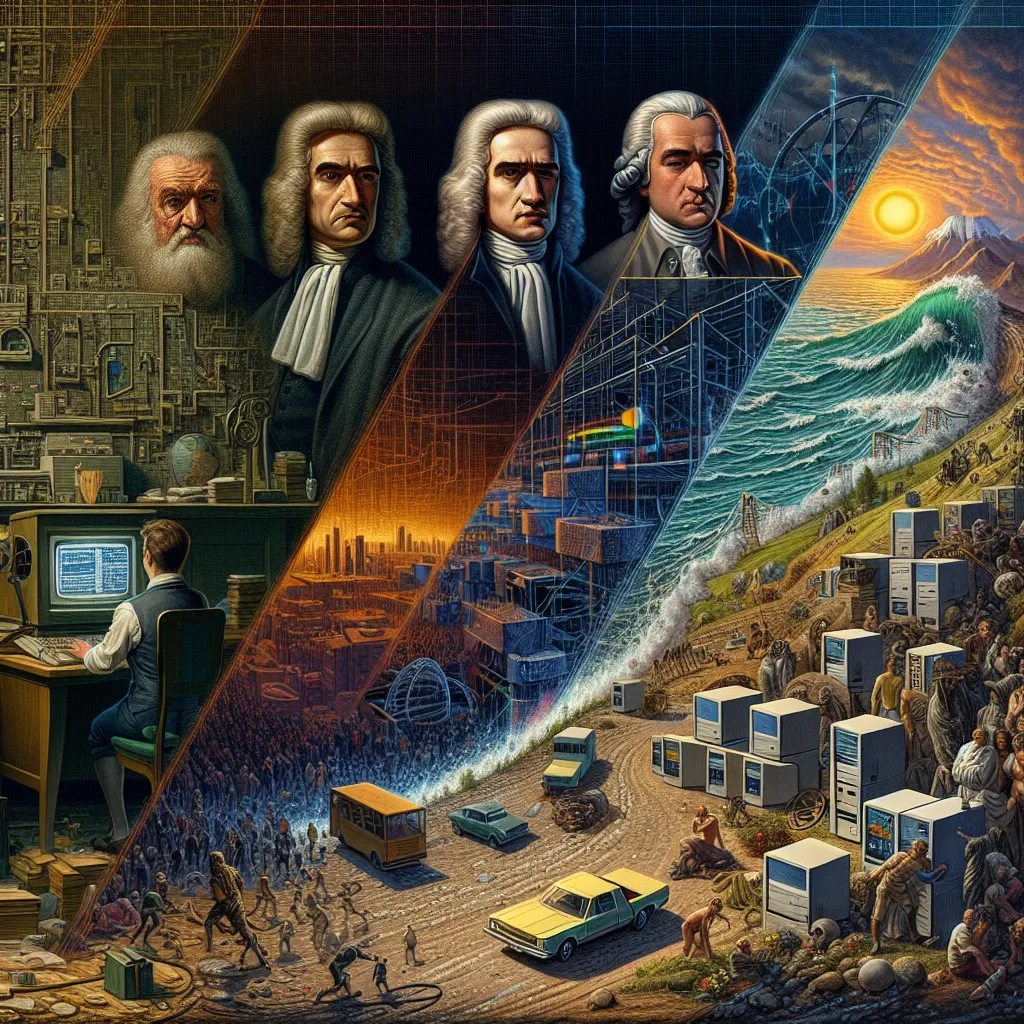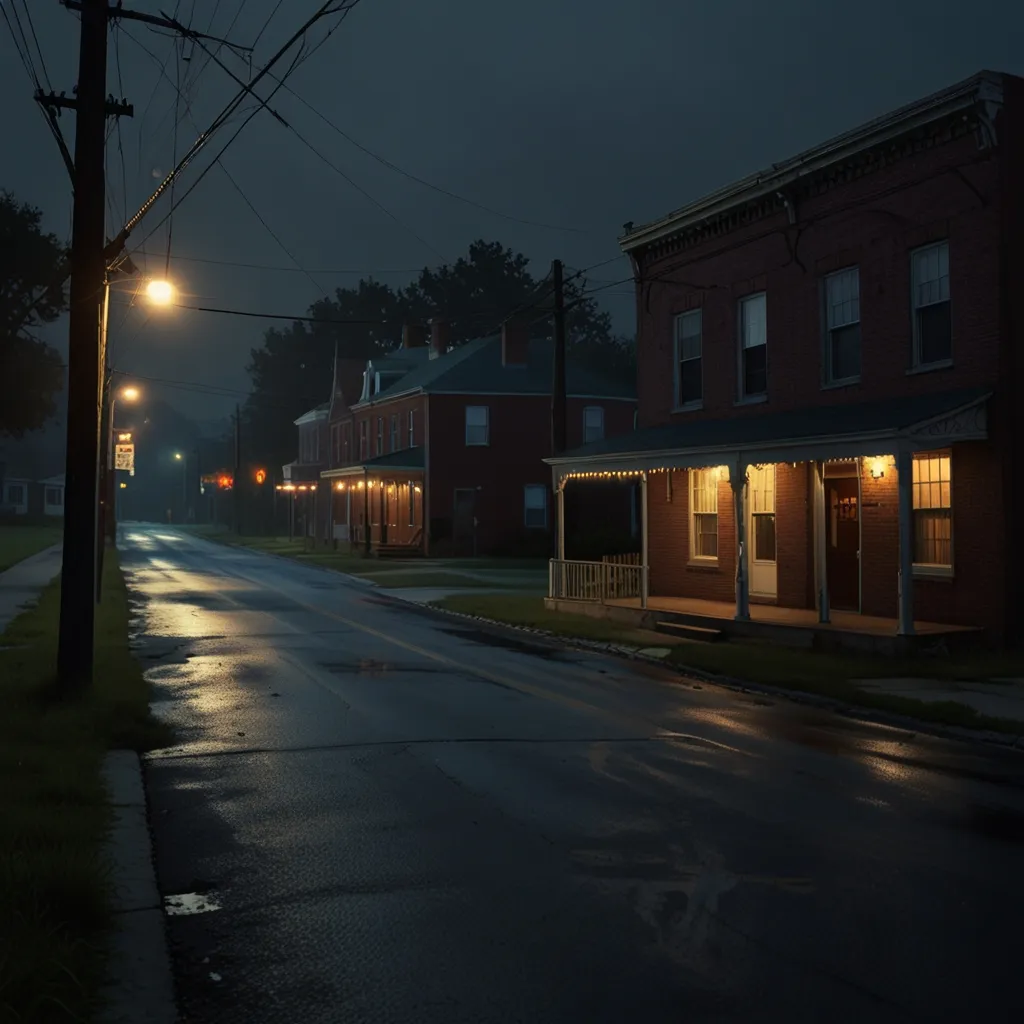We’re diving into a wild hypothetical today: What if the moon were to crash into Earth? It’s more intriguing and bizarre than you might think. To understand this, let’s start with the basics. Why isn’t the moon already plummeting to Earth?
The moon stays in orbit because of its sideways motion, not because there’s some mysterious force counteracting gravity. Imagine throwing a ball; it makes a tiny orbit before hitting the ground. Now, if you could throw that ball with incredible speed, it would keep orbiting the Earth, just like the moon. The moon orbits Earth every 27 days at a speed of 3,600 km/h. For it to suddenly fall toward Earth would defy the laws of physics. So, let’s use a bit of magic to slow it down, making it spiral towards Earth over the next year.
For the first few days, nothing much changes. The moon gets slightly brighter, but no one really notices. However, tides start to rise subtly at first. By the end of the first month, the moon is halfway to Earth, causing ocean tides to grow to four meters. Coastal cities start flooding daily.
Two months in, the moon has covered two-thirds of the distance. Now, tides are ten meters high, displacing nearly a billion people along coastal areas. Shipping grinds to a halt, and global communications suffer since most internet cables are ocean-based. Even inland areas face chaos as rivers reverse, and vital supplies dwindle.
Three months in, and the moon is closer, disrupting satellites and causing them to drift. Earthquake activities begin, triggered by the moon’s gravitational pull. Volcanoes start to erupt, altering the climate significantly.
After five months, tides have reached 30 meters. The oceans, now maxed out, can no longer absorb the moon’s gravitational pull. The Earth itself begins to feel the strain. Massive earthquakes and volcanic eruptions worsen, as the moon looms ever closer.
By months six and seven, the moon enters geosynchronous orbit, appearing stationary in the sky. This creates permanent high tides in some regions while others are left dry. The moon’s surface starts to break apart due to Earth’s stronger gravity, forming an elongated shape.
From months eight to eleven, the situation is dire. The moon orbits Earth faster than the planet rotates, reversing the tides. Massive volcanic eruptions fill the sky with aerosols, blocking sunlight and causing rapid global cooling. Civilization crumbles under these apocalyptic conditions.
In the twelfth month, the moon reaches the Roche limit and disintegrates into a debris field, forming a spectacular ring system around Earth. The immediate danger subsides, and the oceans finally recede. Survivors witness stunning rings in the sky, albeit at the cost of an utterly transformed planet.
What comes next is uncertain. If too much moon debris falls, it could heat the atmosphere to boiling point. Conversely, the shadow of the rings might cause a deep freeze. Survivors, emerging from shelters, face the daunting task of rebuilding civilization under a sky adorned with the remnants of a once-familiar moon.
Strangely beautiful, this catastrophic scenario reveals the immense power and delicacy of celestial mechanics. Life might continue, but it would be a world forever changed.
